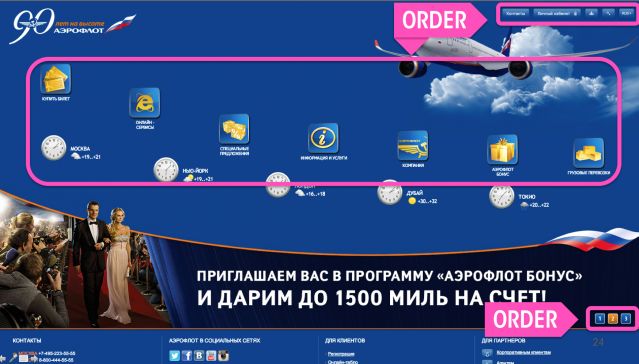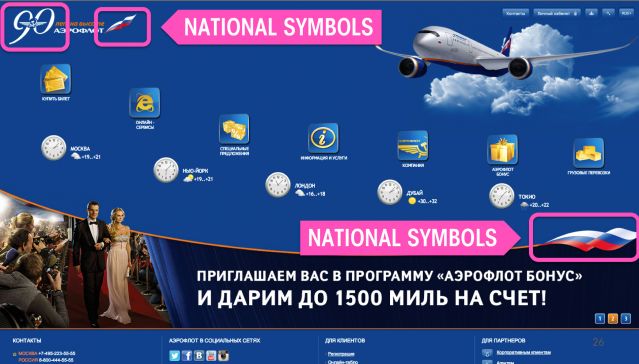Media
How to Sell Online to Different Cultures: Power Distance
Power Distance: how to leverage culture to sell more online.
Posted June 17, 2013

In my last post, we looked at the importance of culturability, “the relationship between culture and usability in WWW design” [1], when designing online.
Whether you want to attract more followers, create a community or sell your wares, if you're looking to reach a global audience (or even just your own) it can dramatically improve your odds of success if you understand the cultural context or your online audience.
Professor Geert Hofstede spent over 40 years researching cultural dimensions, and this week we'll look at the first of these: Power Distance.
What is Power Distance?
Power Distance (PDI) is defined as “the extent to which less powerful members of society expect and accept unequal power distribution” [2].
A high PDI country (such as Russia) will tend to have huge divides between the rich and poor, tall hierarchies within society and organisations (from schools to government), and centralised political power.
In contrast, countries with low PDI (such as Austria) tend to favour equality, expressing small differences in salary and status, and orgaising society across flatter hierarchies.
In my mind it's no surprise that flat social platforms like Twitter have tended to originate in countries with fairly low PDI. In fact, if you want to see the chaos that can ensue when opposing PDIs clash, you need only look as far as the Arab Spring or Green Revolution. The perceived threat that this flat structure posed to these high PDI countries was highlighted by the governments' iron-fist response to its use - shutting down the internet across entire areas to prevent people from tweeting about the situation.
So, how does Power Distance express itself online? And how can you use it to your advantage?
5 web design tips for High Power Distance countries:
- Emphasise order within your website
- Have a clear hierarchy of content
- Include cultural and national symbols, where appropriate
- Use authority figures to endorse your service / products
- Showcase official stamps and certifications
A great example of these principles in actions is the Russian airline Aeroflot website:








5 web design tips for low Power Distance countries:
- Be transparent, give your customers full disclosure (e.g. as to how you use their data)
- Use earned media (likes, ratings, testimonials, etc.) to endorse your service / products
- Your reputation should be based on professional and academic merit
- Use a looser structure to allow users to explore your site for themselves
- Provide equal access to areas of the site, regardless of social status (though you can get people to subscribe to paywall-restricted content )
A great example of these principles in actions is the Israeli news website, Nana 10:



Want to find out more?
If you're interested in finding out more, come back in two weeks' time when we'll be looking at the next dimension, Individualism vs. Collectivism.
...
[1] W. Barber and A. Badre (1998). Culturability: The merging of culture and usability. In Proceedings of the 4th Conference on Human Factors and the Web.
[2] G. Hofstede (2010). Cultures and Organizations: Software of the mind. Maidenhead: McGraw Hill.


